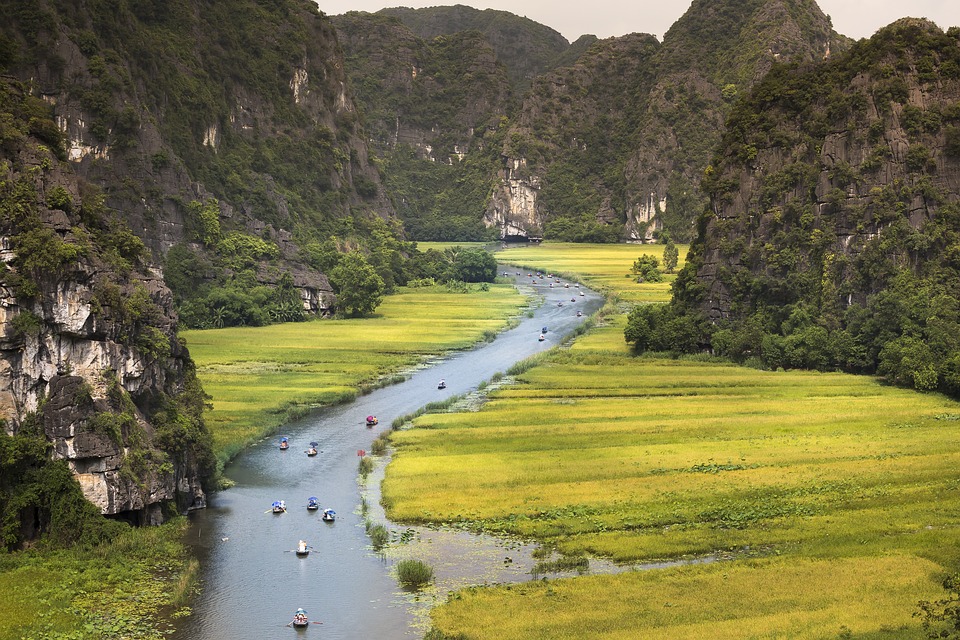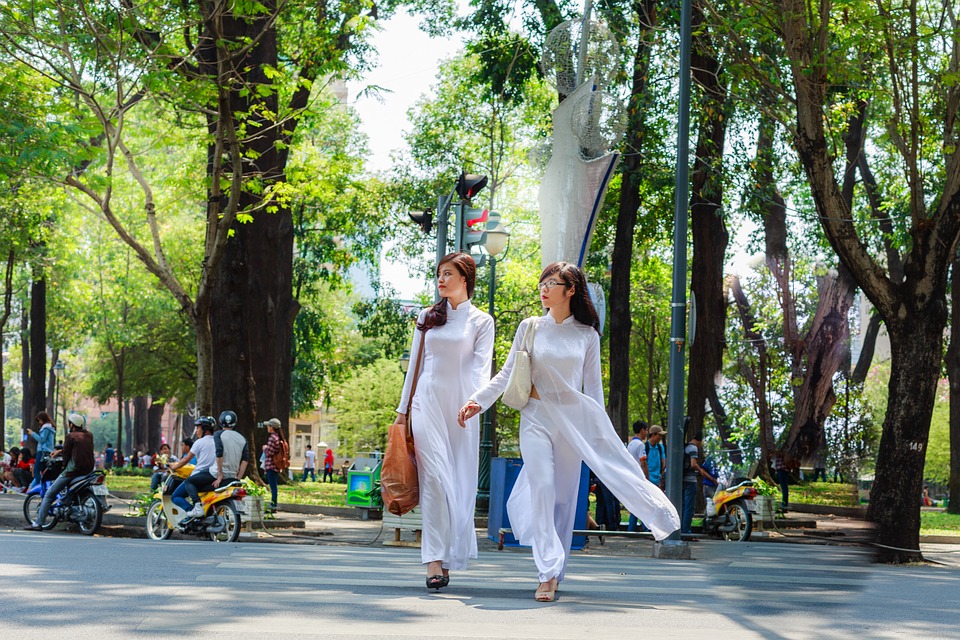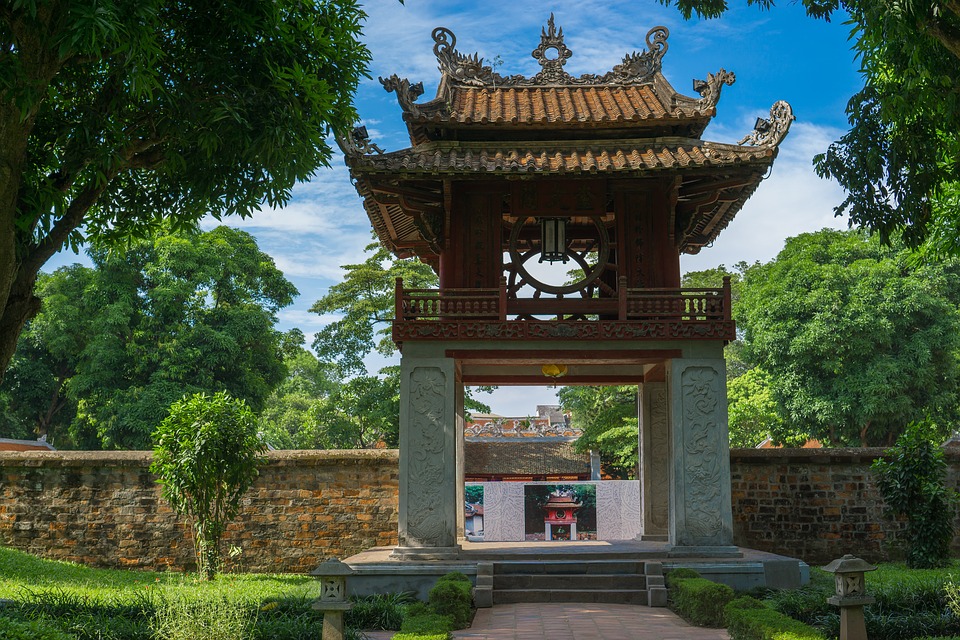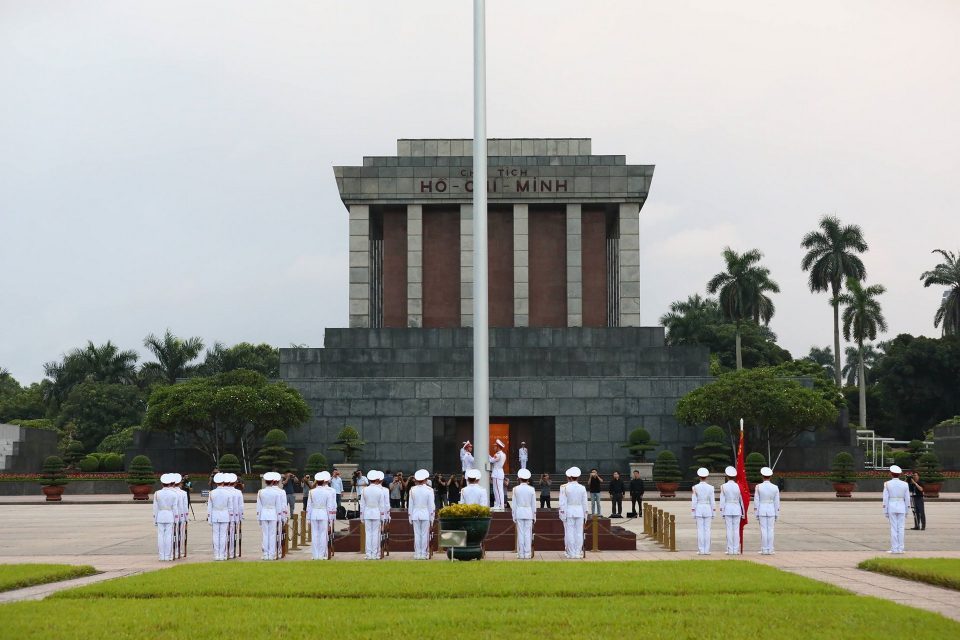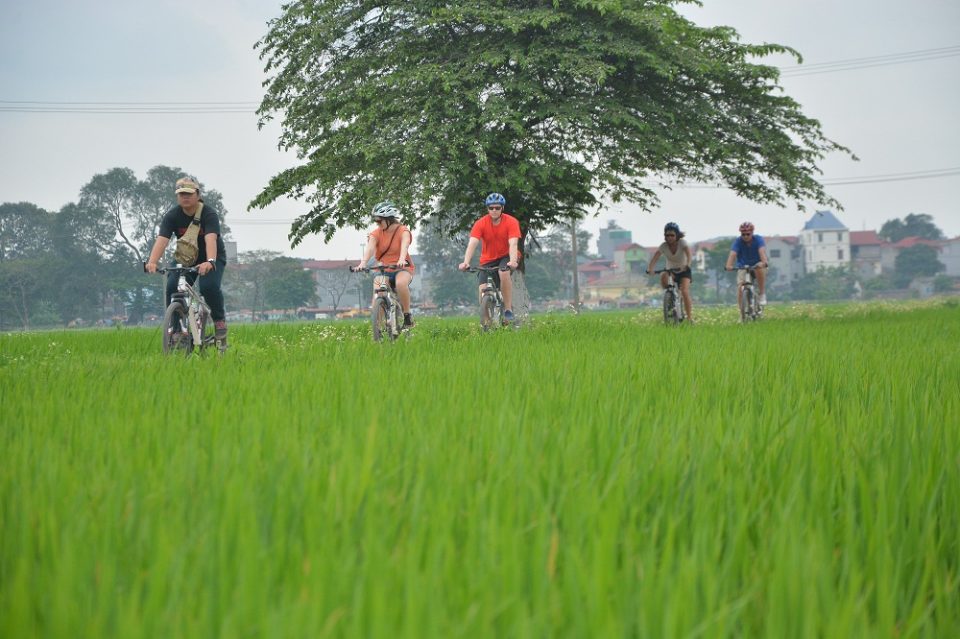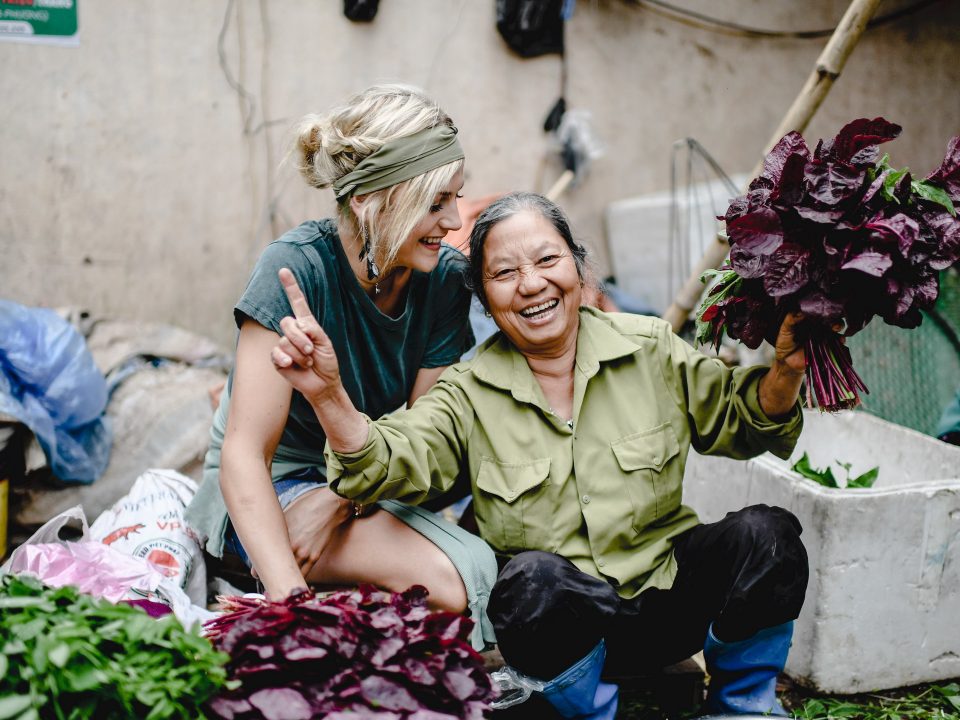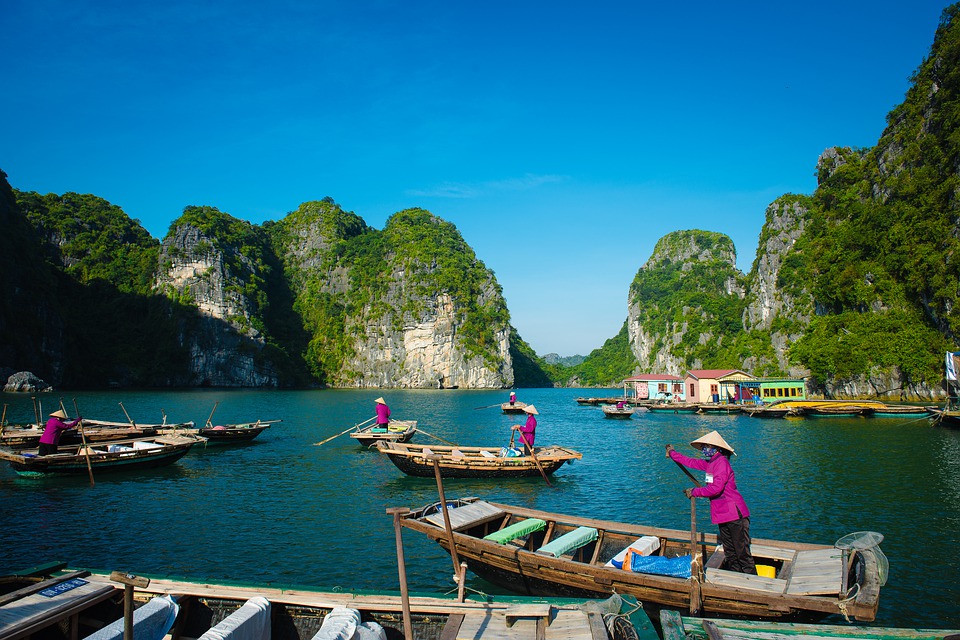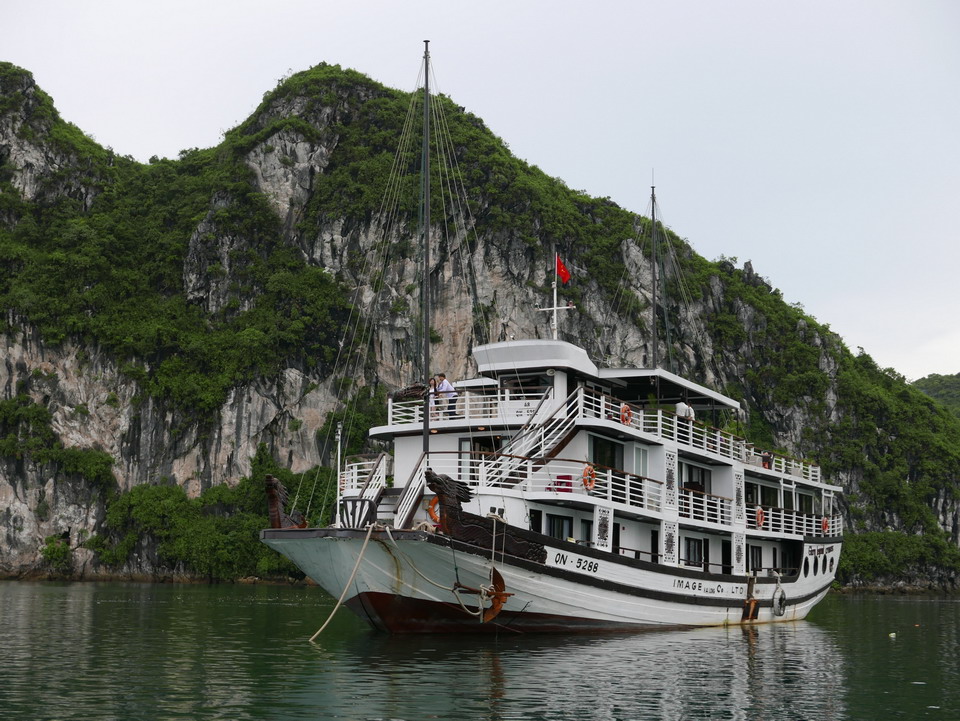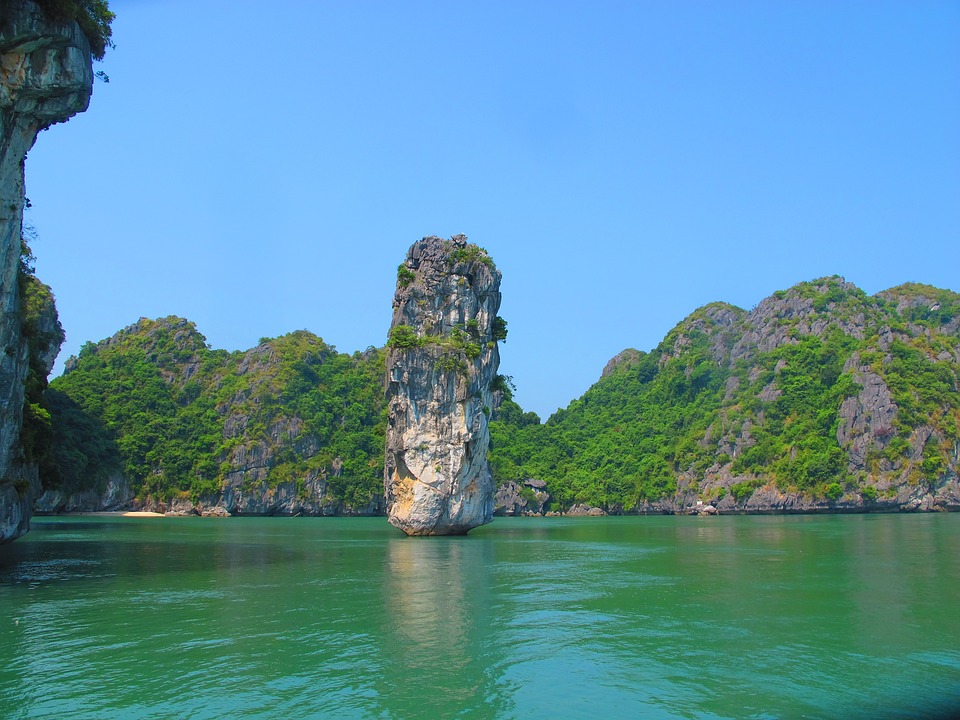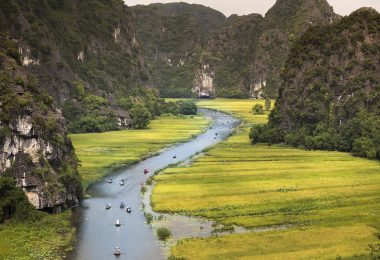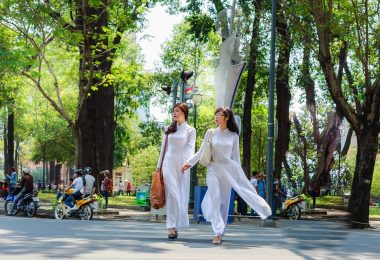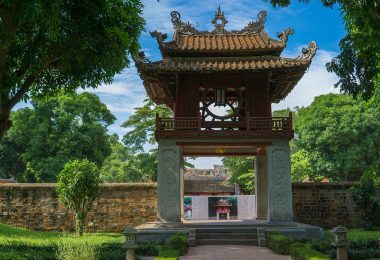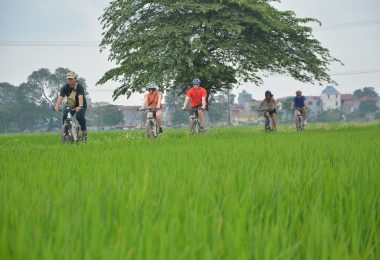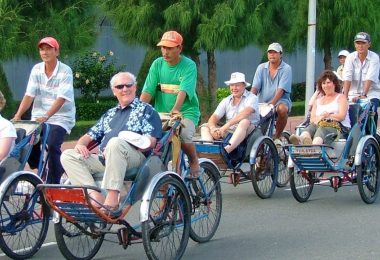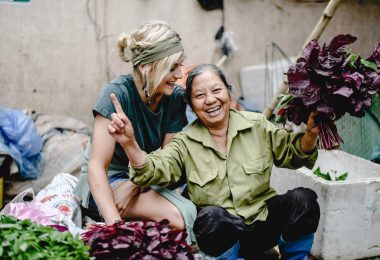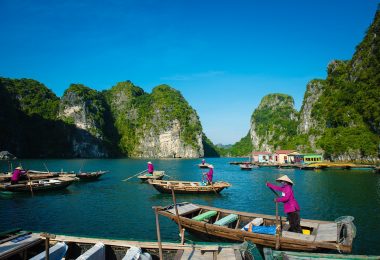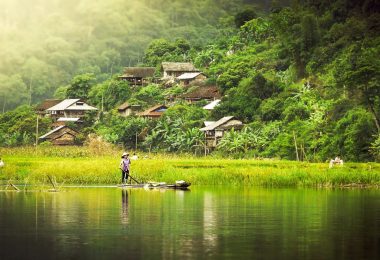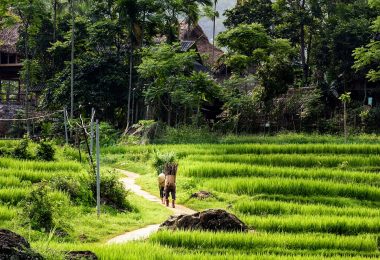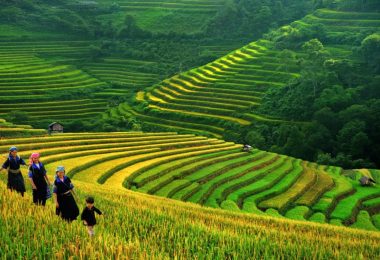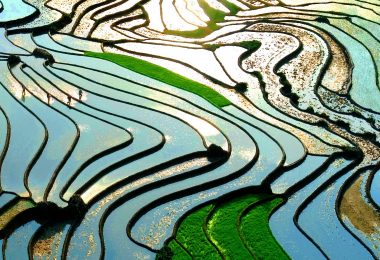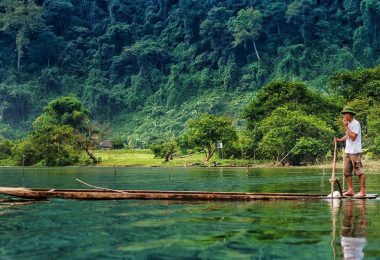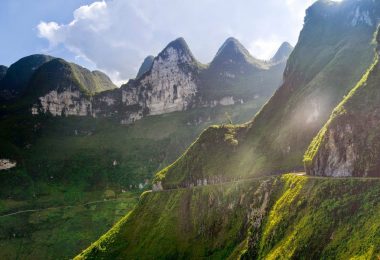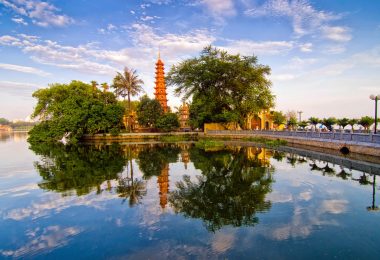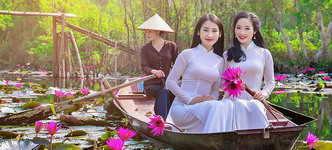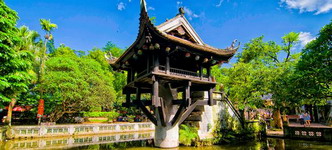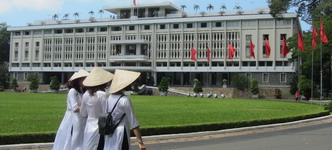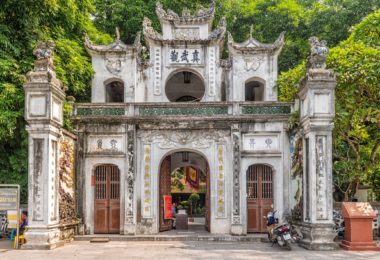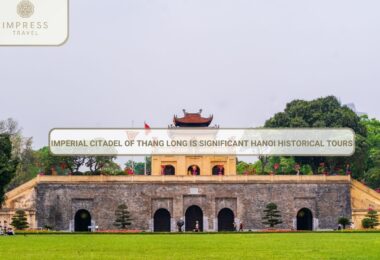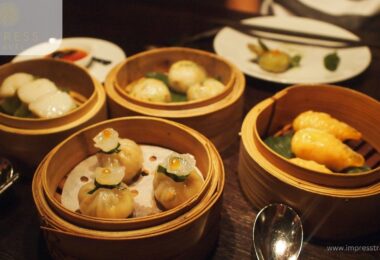Hanoi, Vietnam’s vibrant capital, is renowned for its rich cultural heritage, bustling streets, and picturesque landscapes. Amidst this urban tapestry lies a serene and captivating art form that has been cultivated for centuries: bonsai. This ancient practice of growing miniature trees in containers has not only become a popular hobby but also a significant cultural phenomenon in Hanoi. This article delves into the intricate world of bonsai in Hanoi, exploring its history, popular species, cultivation techniques, styles, and the unique tours that offer an immersive experience into this fascinating art.
History and Origins of Bonsai in Hanoi

Bonsai in Hanoi
The art of bonsai traces its roots back to ancient China, where it was known as “penjing," or “tray scenery." It later traveled to Japan, where it evolved and became known as bonsai. The term “bonsai" literally means “planted in a container." This practice involves cultivating trees in small pots to create a miniature, yet realistic, representation of nature.
In Vietnam, bonsai has been practiced for centuries, influenced by both Chinese and Japanese traditions. Hanoi, with its historical and cultural significance, has been a central hub for bonsai enthusiasts. The art form was embraced by the Vietnamese aristocracy and scholars, who admired its aesthetic and philosophical aspects. Over time, bonsai became a symbol of patience, dedication, and a deep connection with nature.
The Vietnamese term for bonsai is “hòn non bộ," which translates to “mountain and water scenery in miniature." This highlights the local emphasis on creating a harmonious balance between land and water elements, reflecting the natural landscapes of Vietnam. Over the centuries, bonsai has evolved from a practice of the elite to a widespread hobby, with enthusiasts from all walks of life participating in its cultivation.
Popular Bonsai Species in Hanoi
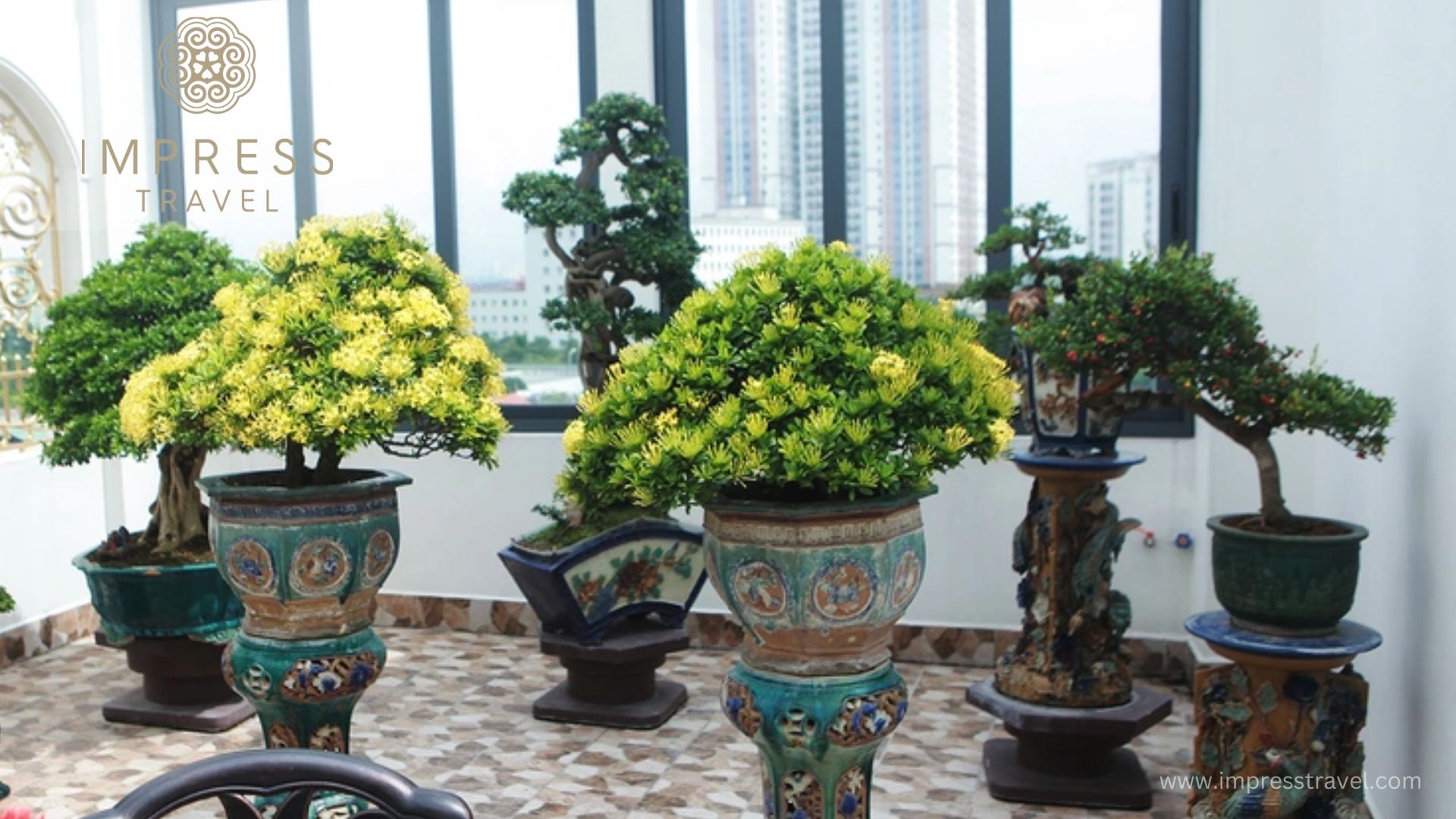
Popular Bonsai Species in Hanoi
Hanoi’s bonsai enthusiasts cultivate a variety of species, each chosen for its unique characteristics and suitability for miniaturization. Some of the most popular bonsai species in Hanoi include:
1.Ficus: Known for their resilience and adaptability, ficus bonsai are among the most common in Hanoi. Species such as Ficus benjamina and Ficus retusa are favored for their thick trunks, dense foliage, and aerial roots, which add a dramatic touch to the bonsai’s appearance. The ficus genus is highly versatile, allowing for various styles and forms that capture the essence of a natural tree.
2.Juniper: Juniper bonsai are cherished for their evergreen foliage and rugged appearance. The juniper’s flexible branches make it ideal for shaping into various styles, and its hardy nature allows it to thrive in Hanoi’s climate. The Chinese juniper (Juniperus chinensis) is particularly popular, with its fine needle-like leaves and ability to withstand extensive shaping and pruning.
3.Pine: Pine bonsai, particularly the Japanese Black Pine (Pinus thunbergii) and Japanese White Pine (Pinus parviflora), are highly valued for their elegant needles and textured bark. These trees require meticulous care and are often seen as a symbol of longevity and perseverance. Pine bonsai are revered for their majestic presence and are frequently used in formal upright and slanting styles.
4.Bodhi Tree: The Bodhi tree, or Ficus religiosa, holds deep spiritual significance in Buddhism, making it a revered species in Hanoi. Its heart-shaped leaves and historical association with enlightenment add a profound dimension to its cultivation as a bonsai. The Bodhi tree’s connection to the Buddha’s enlightenment under its canopy adds a layer of spiritual reverence to its cultivation in Hanoi.
5.Tamarind: Tamarind bonsai (Tamarindus indica) are appreciated for their delicate leaves and intricate branch structure. This species is particularly favored in Hanoi for its ability to produce small, delicate flowers and edible fruit, adding both aesthetic and functional value to the bonsai.
6.Banyan: The Banyan tree (Ficus benghalensis) is another popular species in Hanoi, known for its dramatic aerial roots that create an ethereal and ancient appearance. Banyan bonsai are celebrated for their ability to convey a sense of timelessness and mystery, often used in styles that emphasize their intricate root structures.
Techniques and Styles of Bonsai Cultivation
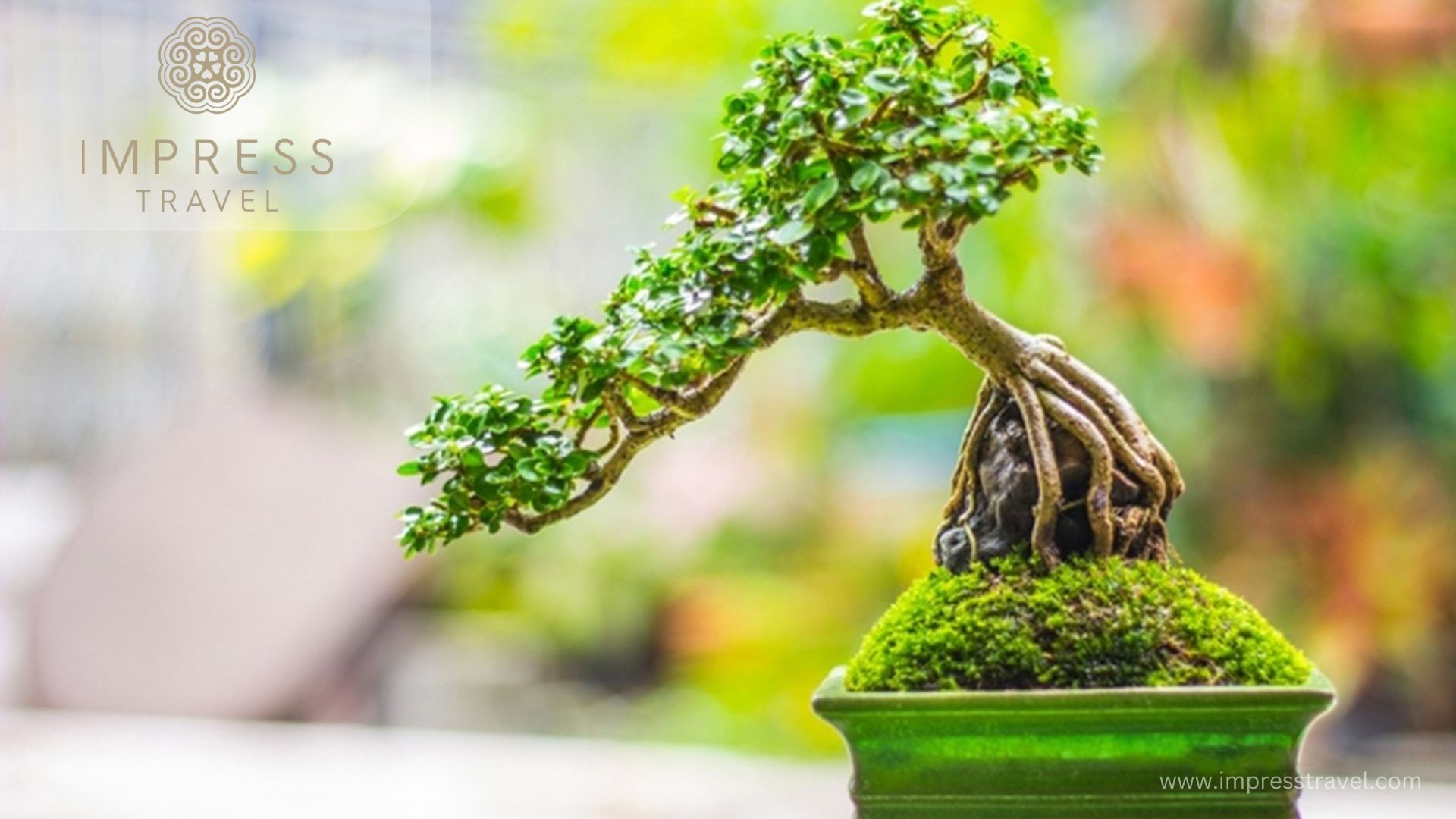
Bon sai waterfall style
The art of bonsai involves various techniques and styles, each contributing to the creation of a harmonious and aesthetically pleasing miniature tree. In Hanoi, bonsai artists employ traditional methods combined with local innovations to craft their masterpieces. Key techniques and styles include:
1.Pruning and Wiring: Pruning is essential for maintaining the desired shape and size of the bonsai. By carefully trimming branches and leaves, artists encourage new growth and refine the tree’s overall form. Wiring, on the other hand, involves wrapping copper or aluminum wire around branches to guide their growth and create intricate shapes. This technique requires a keen eye for balance and proportion, as well as patience to achieve the desired effect.
2.Repotting and Root Pruning: Bonsai trees require regular repotting to refresh the soil and trim the roots. This process ensures the tree remains healthy and retains its miniature size. Root pruning helps in developing a compact root system, essential for the tree’s stability and longevity. In Hanoi, the subtropical climate necessitates careful attention to soil composition and watering practices during repotting.
3.Defoliation: Defoliation involves removing leaves from deciduous bonsai trees to promote smaller leaf growth and increase ramification. This technique enhances the tree’s proportion and detail, contributing to its overall beauty. Defoliation is particularly useful in Hanoi’s climate, where controlling leaf size and density is crucial for maintaining the bonsai’s aesthetic appeal.
4.Grafting: Grafting is used to combine different plant parts to achieve specific characteristics in a bonsai. It allows for the creation of unique and diverse bonsai specimens that may not be possible through natural growth alone. This technique is often employed to introduce new foliage types or to repair damaged areas of a bonsai.
5.Styles: Bonsai styles in Hanoi range from traditional forms to more contemporary and abstract interpretations. Common styles include:
-Formal Upright (Chokkan): Characterized by a straight, upright trunk with symmetrical branches, this style represents strength and stability.
-Informal Upright (Moyogi): Featuring a curved trunk and asymmetrical branches, this style mimics the natural growth patterns of trees in the wild.
-Slanting (Shakan): The trunk grows at an angle, creating a sense of movement and dynamism, often representing a tree growing on a hillside or windswept landscape.
-Cascade (Kengai): The trunk cascades downward, emulating trees growing over cliffs or riverbanks. This dramatic style requires careful attention to balance and proportion.
-Semi-Cascade (Han-Kengai): Similar to the cascade style, but the trunk only partially descends below the pot, creating a subtler effect.
-Forest (Yose-ue): Multiple trees are planted together to create a miniature forest, emphasizing group dynamics and natural forest scenes.
-Literati (Bunjin-gi): This minimalist style features a thin, often contorted trunk with sparse foliage, representing the struggle and elegance of trees growing in harsh conditions.
Bonsai Tours in Hanoi
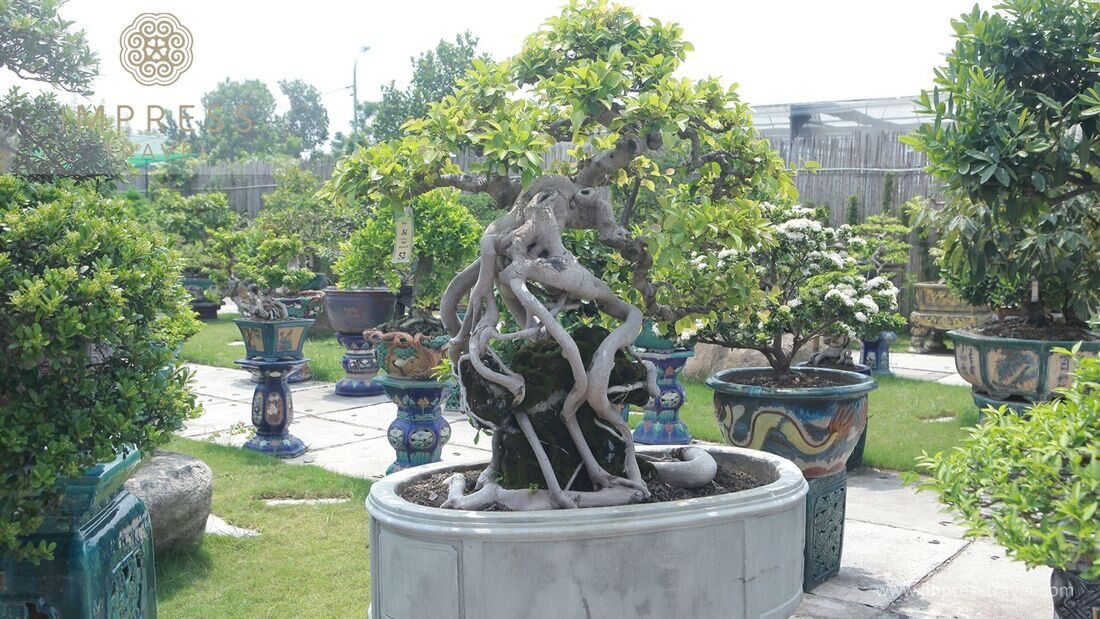
The beauty of Hanoi’s Bonsai
For enthusiasts and tourists alike, bonsai tours in Hanoi offer an enriching experience that combines education, appreciation, and hands-on involvement. These tours provide a glimpse into the meticulous world of bonsai cultivation, allowing participants to learn from master artists and immerse themselves in the cultural significance of this art form. Some highlights of bonsai tours in Hanoi include:
1.Visits to Bonsai Gardens: Hanoi is home to numerous bonsai gardens and nurseries, where visitors can explore a wide variety of bonsai species and styles. These gardens often feature well-maintained collections, showcasing the skill and dedication of local bonsai artists. Notable gardens include the Vietnam Bonsai Garden and the Hanoi Bonsai Society’s exhibition grounds.
2.Workshops and Demonstrations: Many bonsai tours include workshops and demonstrations led by experienced bonsai masters. Participants can learn about essential techniques such as pruning, wiring, and repotting, gaining hands-on experience in creating and maintaining bonsai trees. These interactive sessions provide valuable insights into the artistry and science behind bonsai cultivation.
3.Cultural Insights: Bonsai tours often incorporate cultural and historical insights, providing context about the art form’s significance in Vietnamese society. Visitors can learn about the philosophical and spiritual aspects of bonsai, deepening their appreciation for this intricate practice. Tours may include visits to historical sites and temples, where bonsai have been integrated into the landscape for centuries.
4.Personalized Experiences: Some bonsai tours offer personalized experiences, allowing participants to create their own bonsai tree under the guidance of a master artist. This hands-on approach fosters a deeper connection with the art and provides a lasting memento of their visit to Hanoi. Participants can choose from a variety of species and styles, tailoring their bonsai to their personal preferences and artistic vision.
5.Bonsai Festivals and Exhibitions: Hanoi hosts several bonsai festivals and exhibitions throughout the year, attracting enthusiasts and collectors from around the world. These events showcase some of the finest bonsai specimens, providing inspiration and opportunities for learning and networking. The annual Hanoi Bonsai Festival is a highlight, featuring competitions, workshops, and cultural performances.
6.Private Collection Tours: Some bonsai tours include visits to private collections, where participants can view rare and exquisite bonsai trees not typically seen in public gardens. These exclusive tours offer a unique opportunity to learn from seasoned collectors and gain insights into the art of bonsai from a different perspective.
The art of bonsai in Hanoi is a testament to the city’s rich cultural heritage and the enduring appeal of this ancient practice. From its historical origins to the meticulous techniques and diverse species, bonsai in Hanoi is a captivating blend of artistry, philosophy, and nature. Bonsai tours in Hanoi offer a unique opportunity to explore this intricate world, providing an immersive experience that celebrates the beauty and cultural significance of bonsai. Whether you are a seasoned enthusiast or a curious traveler, the bonsai culture of Hanoi promises to inspire and enchant, leaving a lasting impression of the delicate balance between art and nature.
As the sun sets over Hanoi, casting a golden hue over the bustling city, the tranquil bonsai gardens stand as a serene reminder of the timeless connection between humans and nature. The art of bonsai, with its meticulous craftsmanship and profound symbolism, continues to thrive in this vibrant city, offering a glimpse into a world where patience, dedication, and artistry converge to create living masterpieces.
Don’t forget to regularly follow our Facebook page and Website for more interesting information about traveling to Hanoi and to book Hanoi tours at the best prices.
Website: https://impresstravel.com/hanoi-tours/
Facebook: https://www.facebook.com/impresstravelcompany/



































